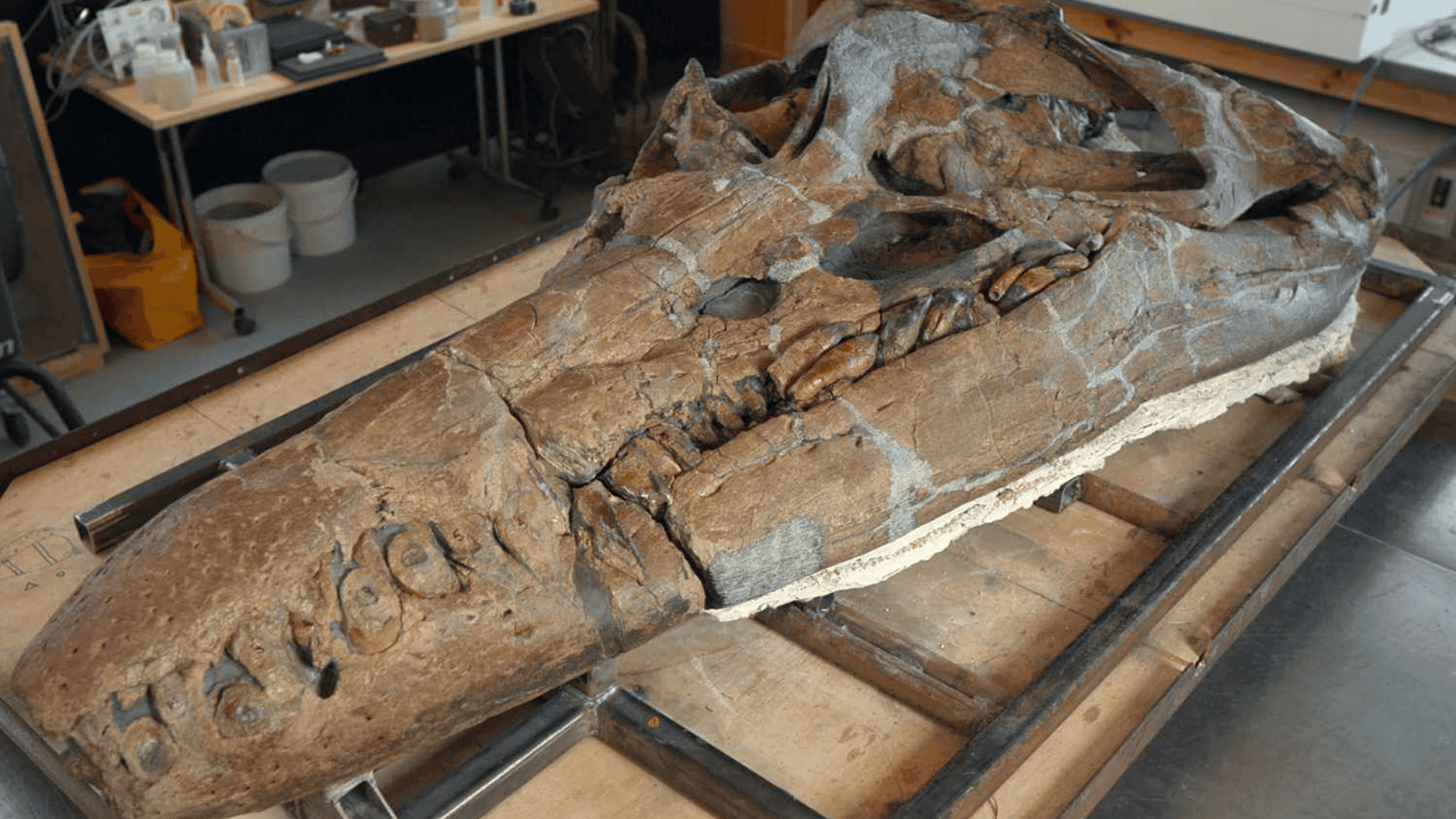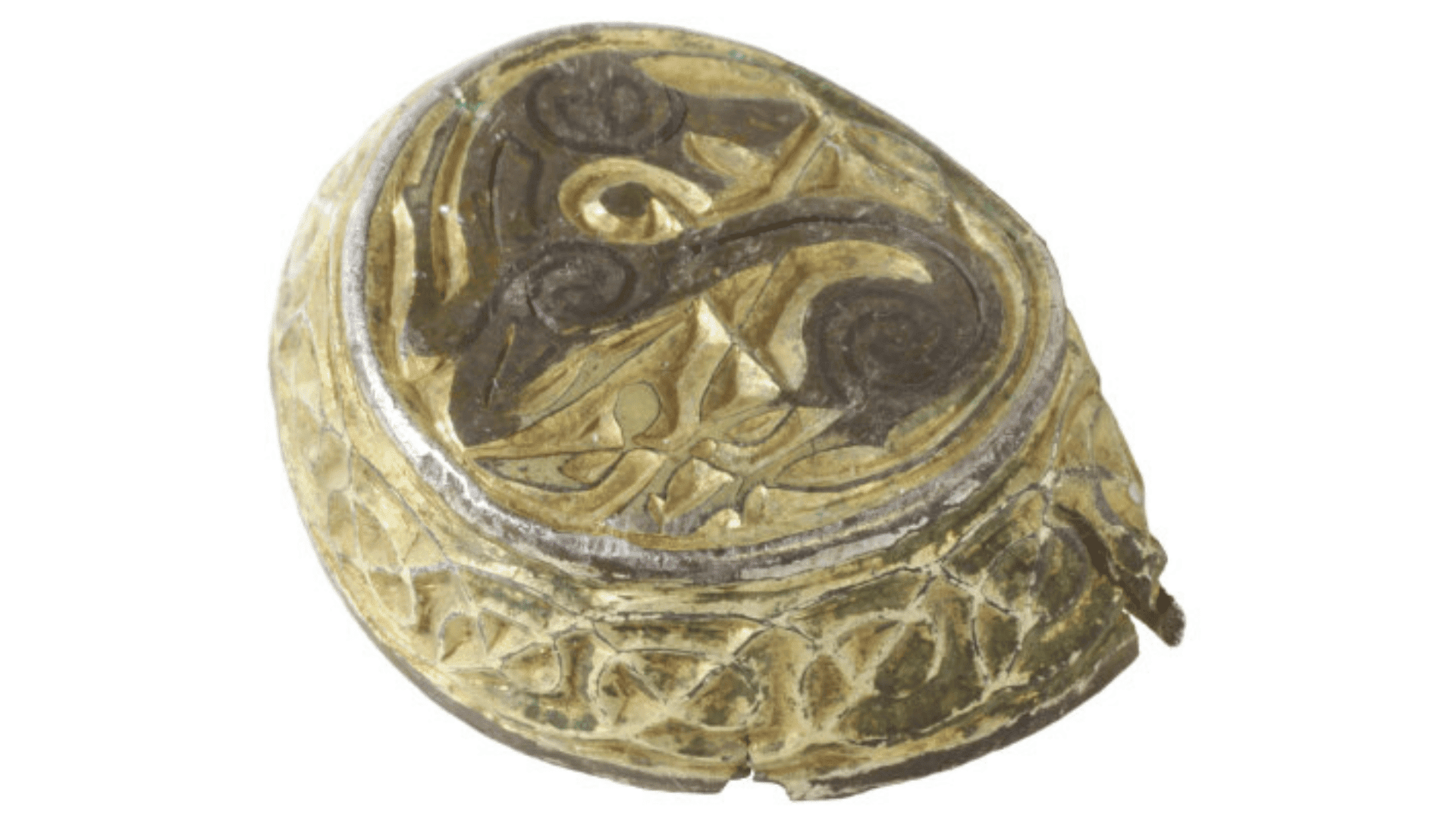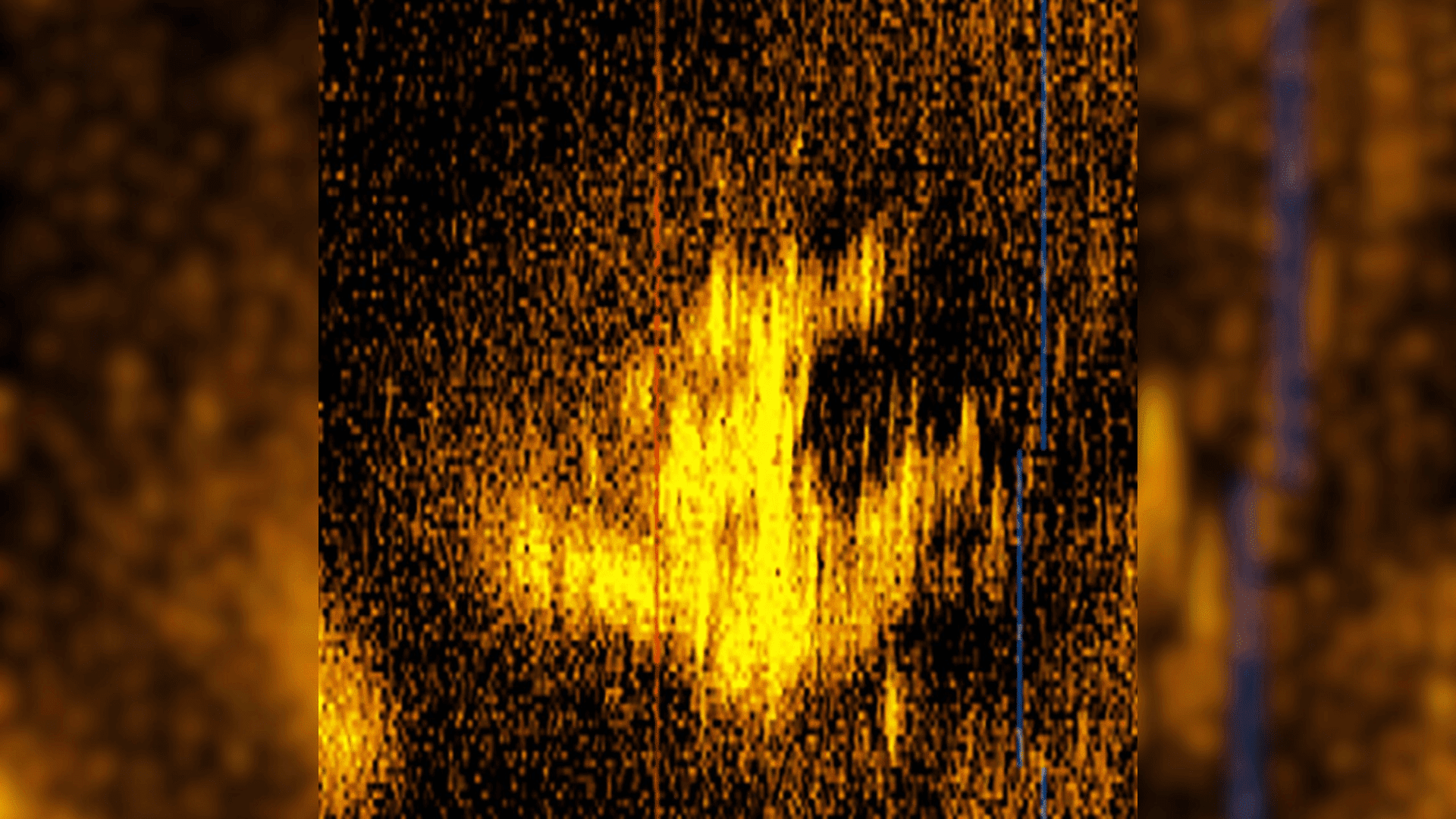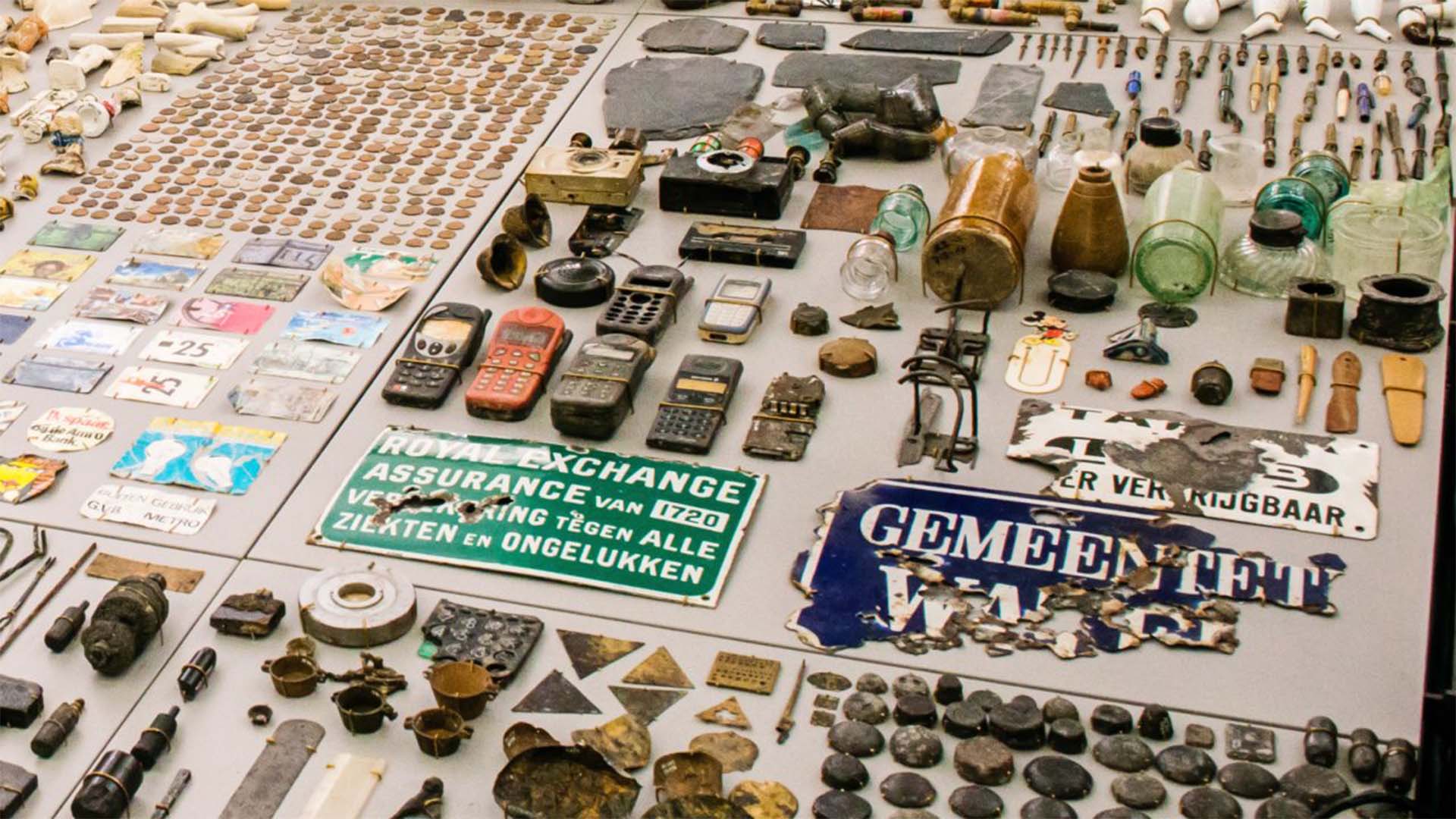A team of scientists has discovered ancient fossils from the Triassic period in China that was described as a “long and snake-like, mythical Chinese dragon.”
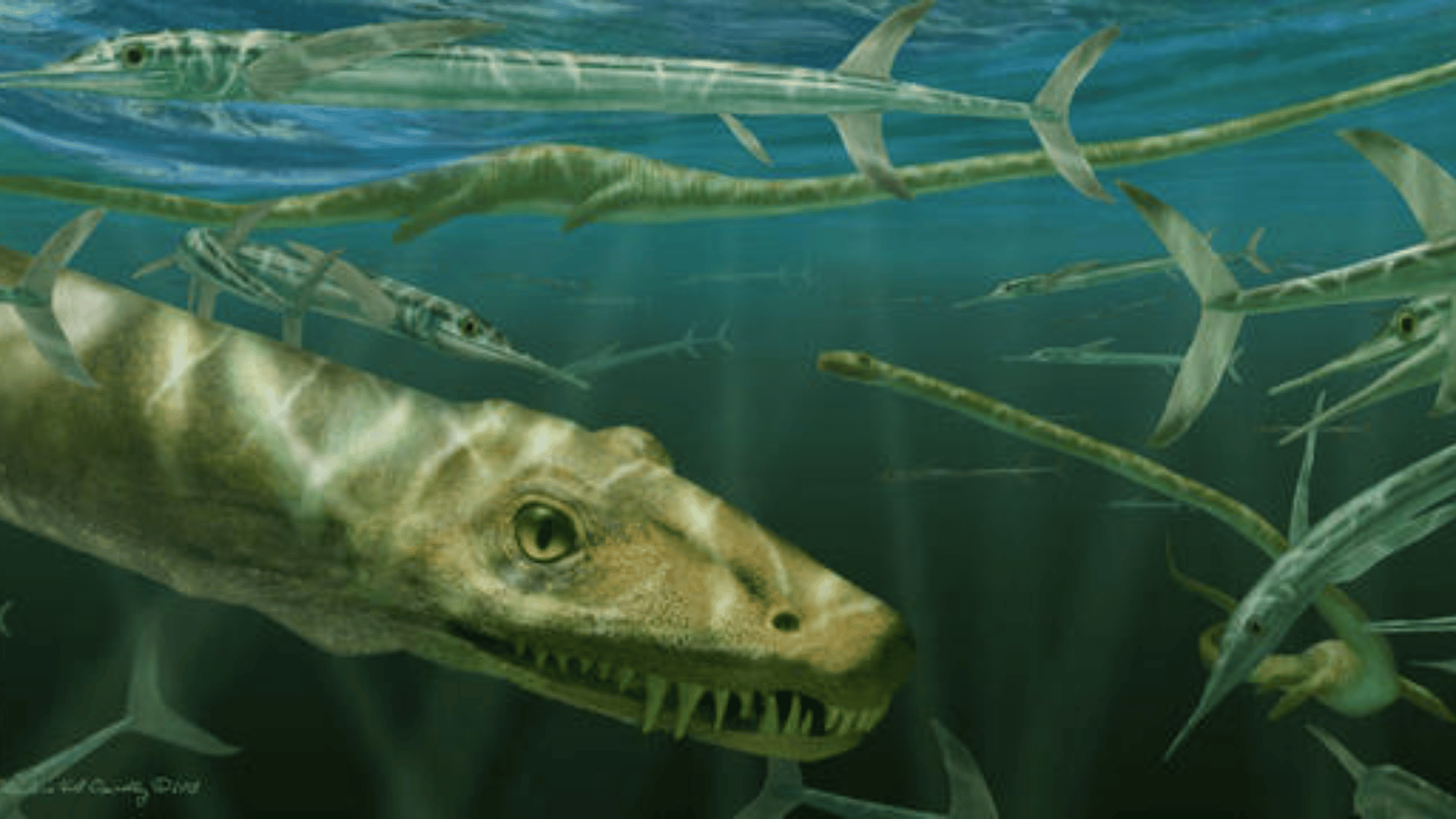
Named Dinocephalosaurus orientalis, the 240-million-year-old creature is a 16-foot-long reptile with 32 separate neck vertebrae that are “preserved in perfect articulation.” Discovered in the Guizhou Province of southern China, it also has a snake-like appearance and flippers.
According to the National Museums of Scotland, the fossil has “allowed scientists to depict the bizarre long-necked creature in full for the very first time.”
Explore Tomorrow's World from your inbox
Get the latest science, technology, and sustainability content delivered to your inbox.
I understand that by providing my email address, I agree to receive emails from Tomorrow's World Today. I understand that I may opt out of receiving such communications at any time.
Originally identified in 2003 when its skull was found, this Dinocephalosaurus orientalis and two previously discovered embryos of a similar creature have helped scientists gain more insights about this type of creature. The largest discovered skull of a Dinocephalosaurus orientalis is approximately 9 inches and its largest preserved tooth is approximately 1 inch.
“It is yet one more example of the weird and wonderful world of the Triassic that continues to baffle paleontologists. We are certain that it will capture imaginations across the globe due to its striking appearance, reminiscent of the long and snake-like, mythical Chinese Dragon,” said Nick Fraser, keeper of Natural Sciences at National Museums Scotland.
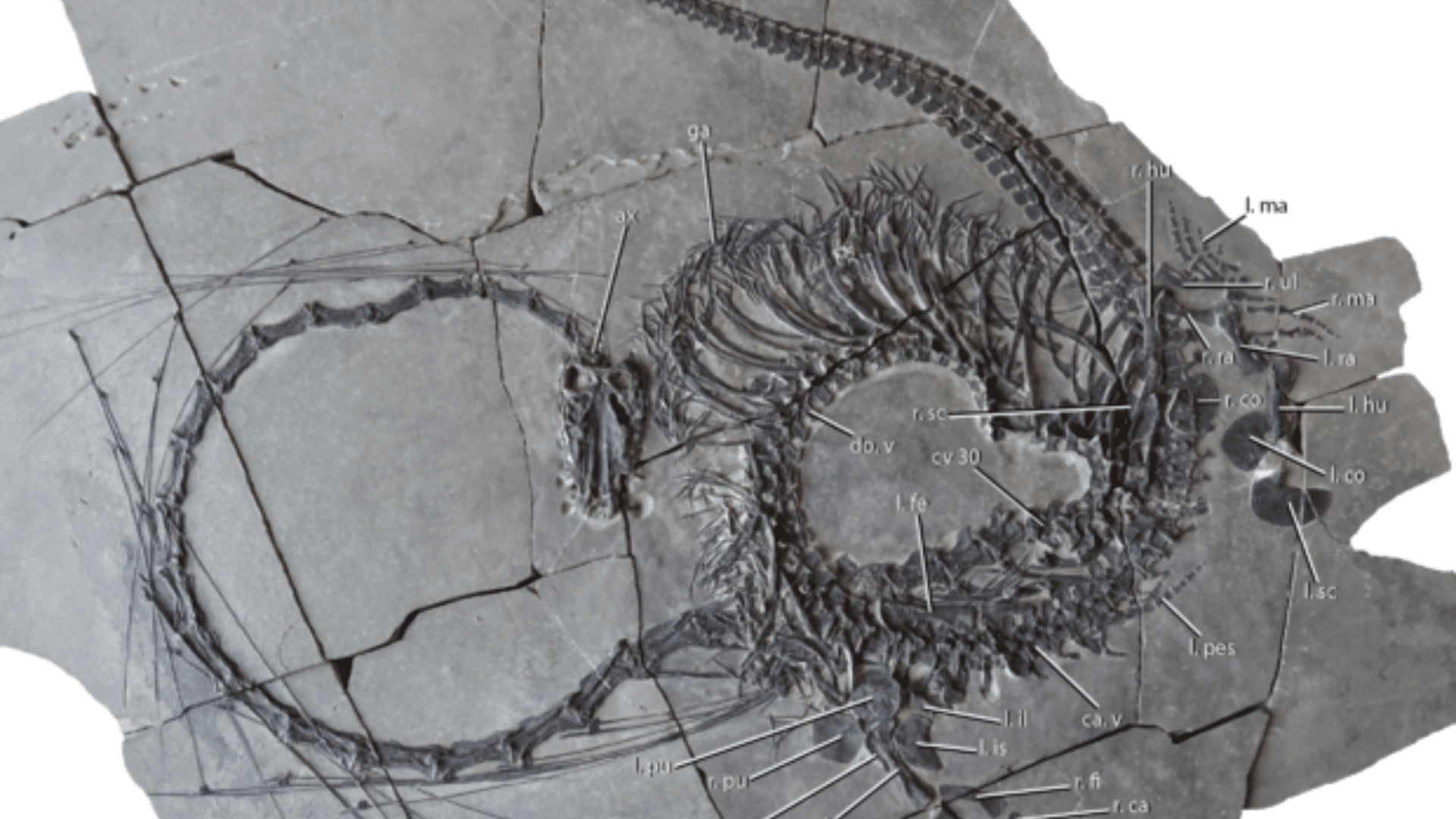
The new fossil includes a poorly preserved skull, vertebrae, ribs, and preserved limbs, but the tail is notably missing. The team also discovered at least four fish inside the creature’s abdomen, a small vertebrae, and a possible limb bone. This could be an embryo or the remains of a small reptile the creature ate.
These animals lived in water and most likely didn’t need to venture onto land to lay their eggs. Researchers from the U.S., U.K., China, and Europe have studied this creature for 10 years.
“Among all of the extraordinary finds we have made in the Triassic of Guizhou Province, Dinocephalosaurus probably stands out as the most remarkable,” said Li Chun, a professor from the Institute of Vertebrate Palaeontology and Palaeoanthropology.



